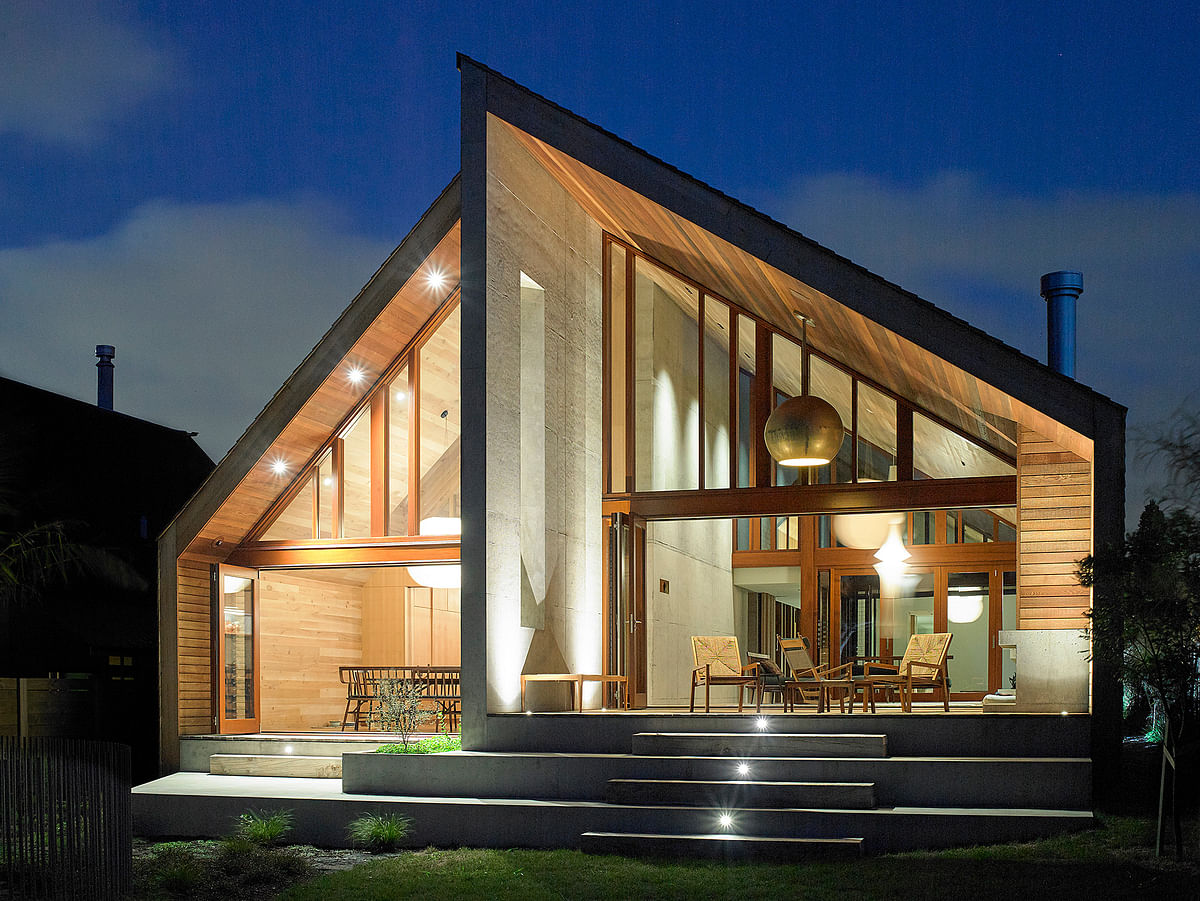
Winners of the 2018 New Zealand Architecture Awards
By Justine Testado|
Monday, Nov 12, 2018
Related
Every year, the New Zealand Institute of Architects honor top-notch architectural design across the country in the New Zealand Architecture Awards. After visiting all 53 shortlisted projects this past August, the jury, chaired by Auckland architect Richard Goldie, selected 17 winners. The winners were announced during a celebratory dinner at Te Papa Tongarewa in Wellington last week.
Four of the winning projects received further distinction in receiving Named Awards in the categories of public architecture, education, housing, and commercial architecture.
Goldie was delighted to experience a wide variety of high-quality architecture across New Zealand. “The good news is that New Zealanders across the country are expecting more of the buildings in their towns and cities,” Goldie said in a statement. “And rightly so — every community should have buildings that set a benchmark for quality and usability.”
Check out the winning projects below!
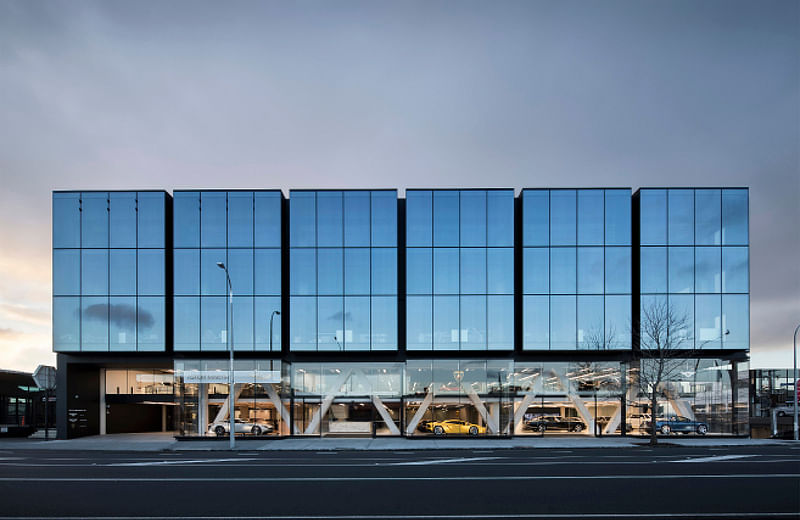
119 Great North Road
Warren and Mahoney Architects
Jury citation: “The ‘cathedral of cars’: With a single-minded focus, disciplined treatment of materials, and close attention to detail, this building realizes its commercial purpose to covetous effect: the building is to car showrooms what Cartier is to jewelry stores. The strong geometry and rigorous assembly of the building's structure is a flattering frame to the sleek and sinuous forms of prestige automobiles. The same exacting standards are evident in back-of-house areas, where the theatre of maintenance and servicing is performed in spaces respectful not only of the cars but also of those who work on them.”
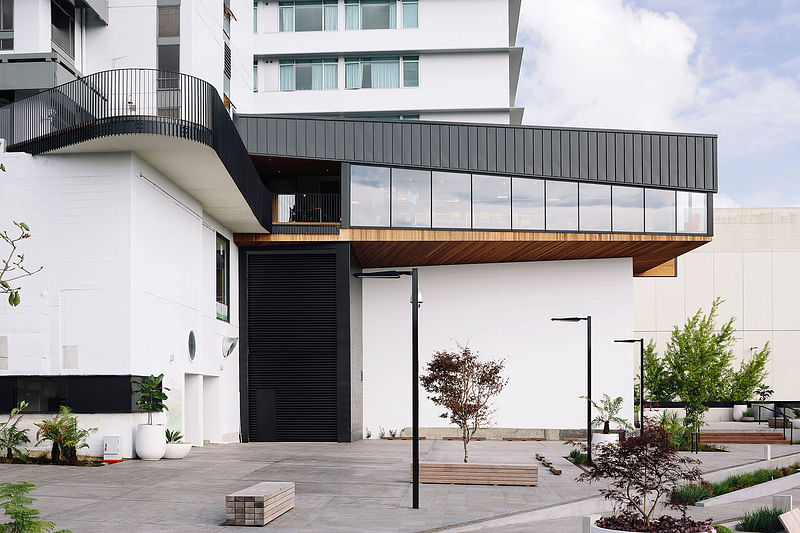
Mezz Box
Edwards White Architects
Jury citation: “A rear addition to a building that fronts Hamilton's main street but had previously, and typically, turned its back on the river exemplifies the revelatory approach, by client and architect, to the emergence of the city's relationship with its geographic champion – the mighty Waikato. The addition complements the existing structure, respects the views of the neighbors, establishes an excellent connection with the river and makes an enlivening contribution to the new Victoria on the River urban park. The skill of the architect is evident in the dressing of a necessary fire egress as an elegant viewing terrace: a statutory requirement has been embraced as an opportunity to realize formal balance.”

Kawakawa House
Herbst Architects
Jury citation: “A sensitive understanding of local conditions underpins the interpretation of a holiday home as a retreat that balances the poetry of shelter and the provision of prospect. The building, elevated under a pōhutukawa canopy, is as much tree house as beach house; opening to the sky and looking out to sea, it draws in light through a deftly-detailed clerestory beneath a lovely folded roof. Habitation is organized around an internal courtyard that that nicely alludes to the small glade the house occupies. Clarity of expression, mastery of materials, and connectedness to the natural world characterize this very accomplished house.”

Cathedral Grammar Junior School
Andrew Barrie Lab and Tezuka Architects
Jury citation: “The new classroom block housing Cathedral Grammar Junior School, previously accommodated in a building that was destroyed in the Christchurch earthquake, is the charming outcome of a child-centric design focus. Eschewing the vogue for corporate-inflected school architecture, Andrew Barrie Lab and Tezuka Architects opted to support their 'garden school' with natural materials – a thicket of timber columns and beams. The detailing is impressive, the courtyard organisation is sympathetic, the roof slides are fun. The design is both rigorous and playful; it must be a pleasure to learn in this environment.”
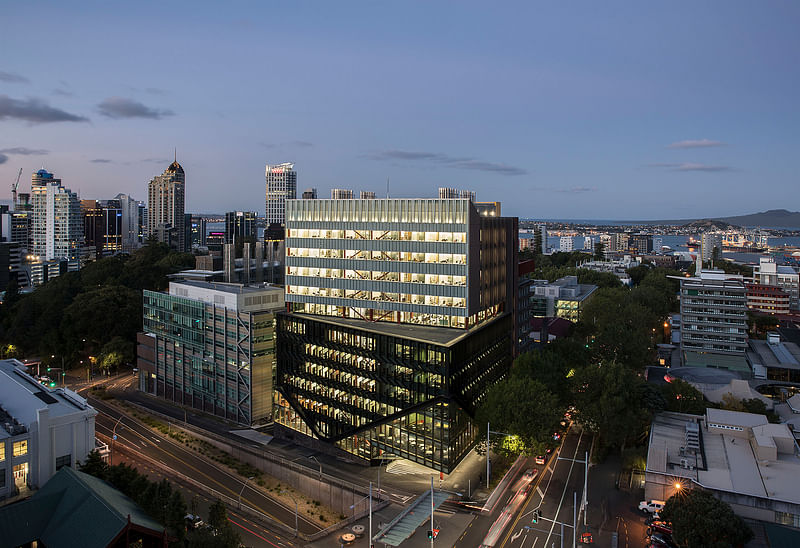
The University of Auckland Science Centre
Architectus
Jury citation: “A complex project with many goals – to provide 11 floors of specialist teaching and research spaces and offices and communal areas, form connections with existing structures, and establish a 'gateway' presence on a prominent site – could easily have resulted in a building that was less than the sum of its various parts. Instead, the architects have met the programmatic requirements and contextual obligations of a demanding brief in a sophisticated and coherent building that enhances the university campus and the wider cityscape. The selection of materials, utilization of interstitial space, adoption of the atrium as an organizing principle, and the knitting of the building into its urban and architectural context are especially commendable aspects of the design.”
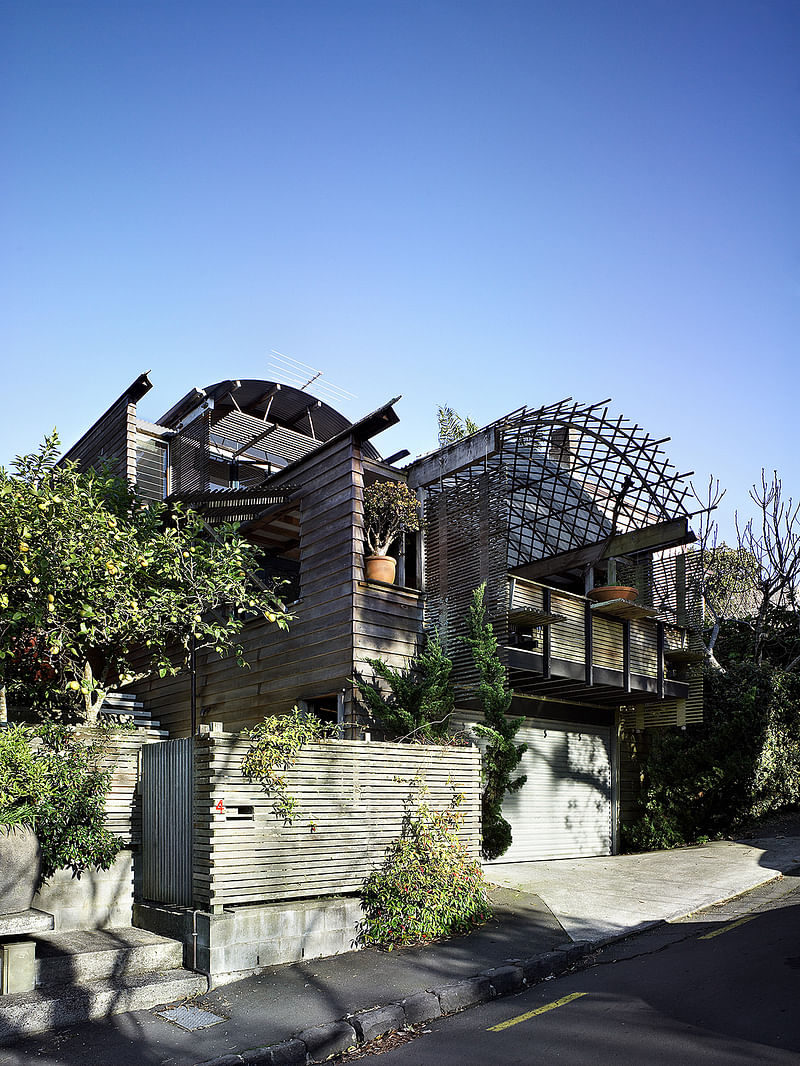
Heke Street House (1988)
Mitchell & Stout Architects
Jury citation: “The Heke Street House is one of the best New Zealand urban houses of the last 30 years, and its intent is even more evident now as it was at the time of construction. David Mitchell and Julie Stout designed the house, which fully occupies a small Ponsonby lot, when they were sailors in the Pacific, and the design seems to float on this conceptual current. The building is delicate –Japanese architecture appealed to its authors – but requires its inhabitants to be hardier: the design does not defer unduly to the elements. Nature is embraced: the front terrace seems to reach the treeline; the rear is given over to a pond. As sufficient as a yacht, and as magical as a spell, the Heke Street House is a compelling vision for Auckland life.”

Amano
McKinney + Windeatt Architects
Jury citation: “There is a lot going on in this large hospitality venue, which includes a restaurant, take-away service area and bakery, but a firm design hand has ensured that the fulfillment of multiple functions delivers a delightful and engaging guest experience. Clever spatial sequencing provides for both a vibrant communal atmosphere and a discrete separation of different dining areas. The architect has made the most of the found condition of the site, stripping back the interior of two heritage buildings to expose their raw structure, and complementing this with a carefully balanced material palette.”
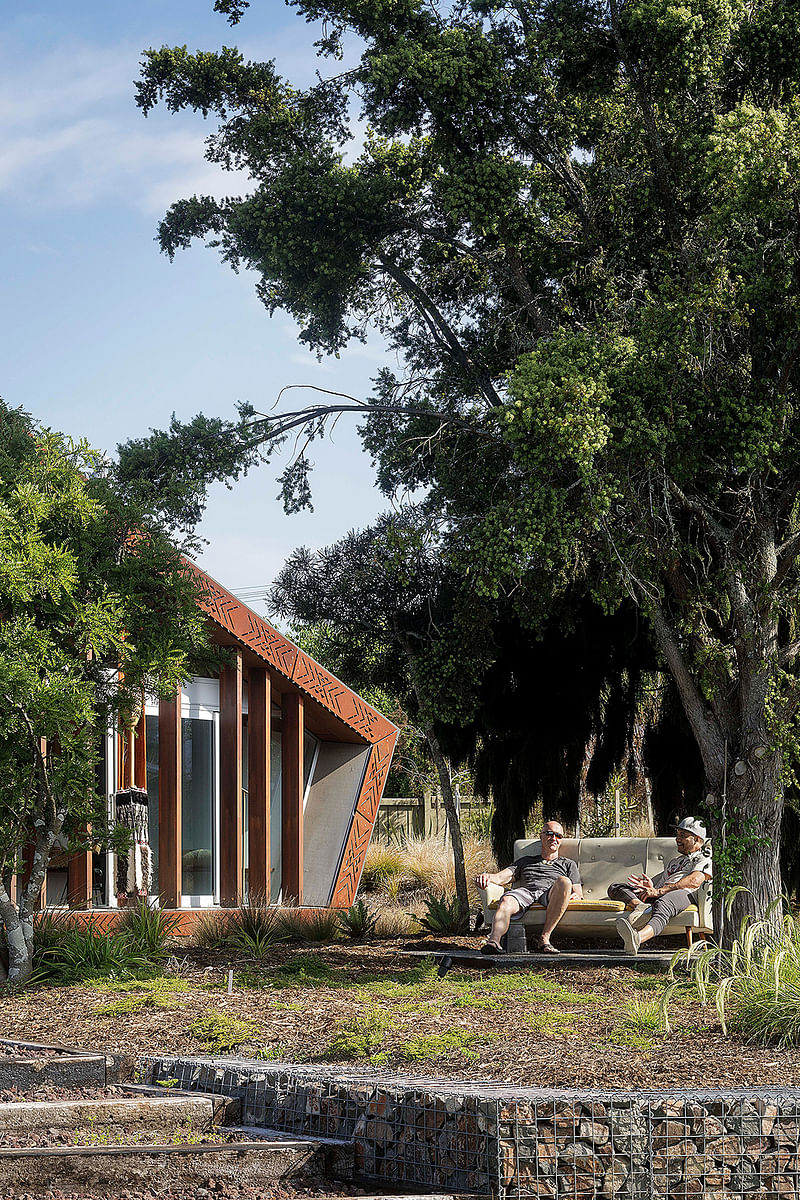
Tūrama
RTA Studio
Jury citation: “Tūrama is an intriguing and innovative exercise in fusion architecture that blends house and whare and family dwelling and whānau retreat. The house makes its stand in Rotorua suburbia, amid a cluster of state houses, on land that has been in the clientǯs family for many generations. Rooted in familial whakapapa, informed by genealogical ley lines, and sheltered by a protective korowai, the house is an overt attempt to express an indigenous architecture that is more than skin deep. A declaration of design intent, the jury felt that this house is an overt contribution to the conversation about architecture in this country.”
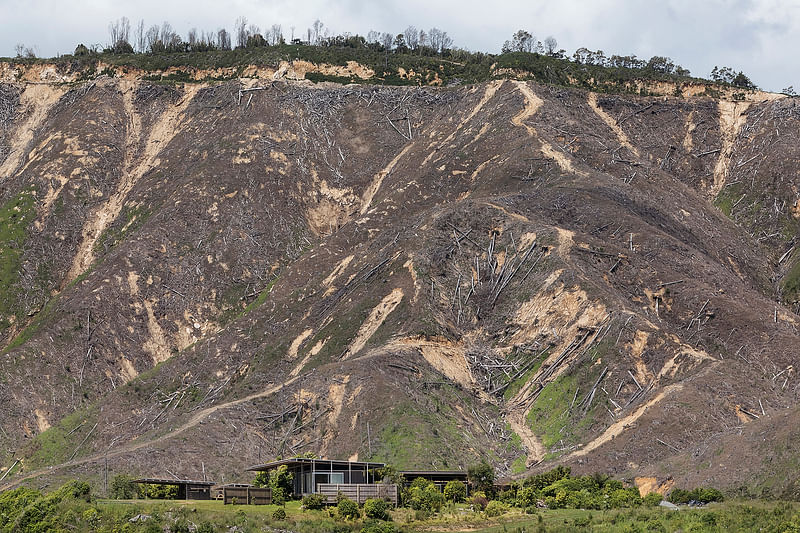
Bach with Two Roofs
Irving Smith Jack Architects
Jury citation: “To a pronounced degree this project shows that architecture is a process, and design must sometimes adapt to circumstances beyond human control. A new house in a clearing among a stand of eucalyptus trees was suddenly exposed by a cyclone that felled the forest. Responding to the event, and the new circumstances of site habitation, the architect has adjusted the design so that the house provides the shelter once offered by the trees. The effect of the additions has enriched an already accomplished house; the contrast of the hovering roof over the box forms, which shelter dark, strong interiors, and the bright Takaka light is now even more effective.”
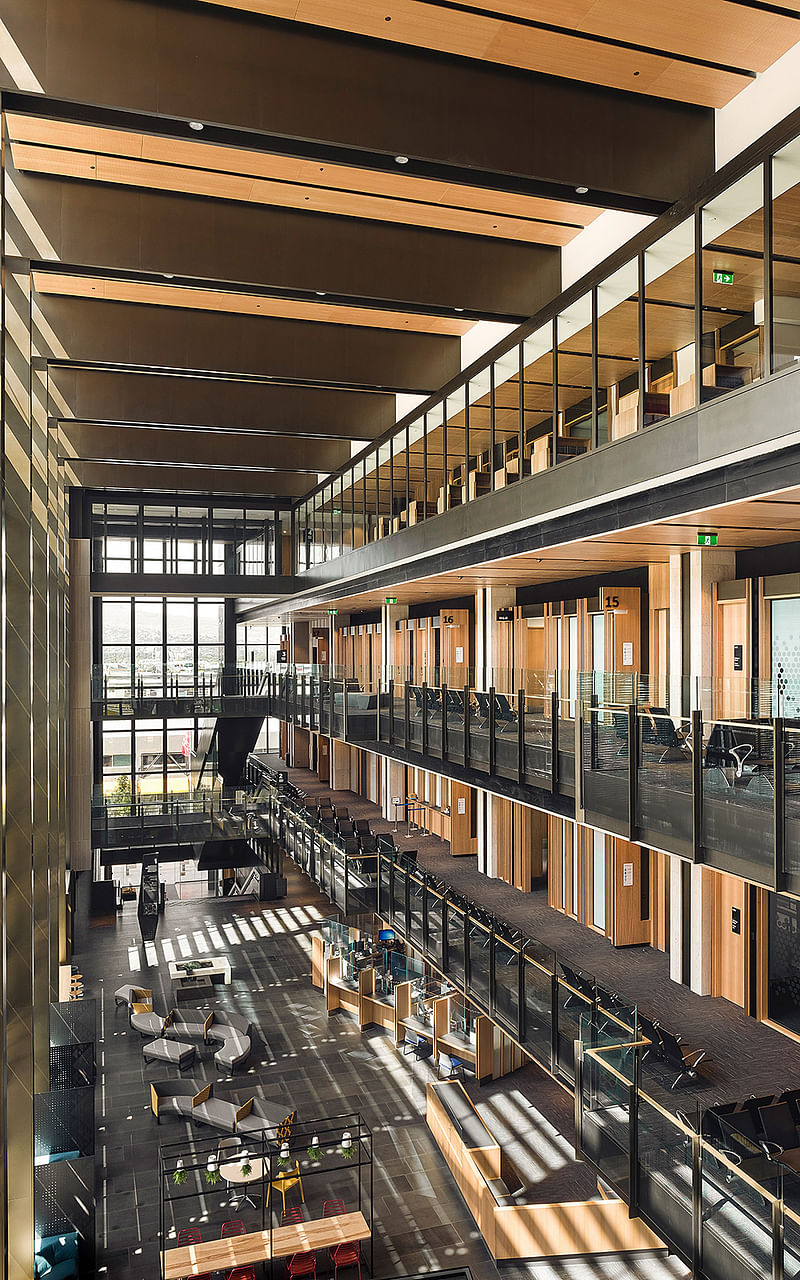
Christchurch Justice and Emergency Services Precinct
Warren and Mahoney Architects, Opus Architects, and Cox Architecture
Jury citation: “A complex and locally unprecedented project to bring together courts, police and emergency services in one resilient facility has been very well executed. The architectural team has demonstrated both command of scale and attention to detail in realizing a building in which the program is expressed with admirable clarity. Circulation spaces around a central courtyard have been handled well, as has the admission of natural light. The building exhibits appropriate gravitas, but seriousness is leavened with serenity through material and color palettes which introduce necessary warmth and legibility to a scene of potentially fraught encounters. The genuine integration throughout the building of mahi toi is especially welcome.”

St Andrew’s College Centennial Chapel Te Kāretio Hāto Ānaru Te Kotahi Rau Tau o te Whare Karakia
Architectus
Jury citation: “This new chapel is built on the site of a much-loved predecessor damaged in the Christchurch earthquakes and its design and construction were attended by high expectations. These have been met and even exceeded in a fine and subtle work of architecture which respects the memory of the former chapel, and acknowledges both the character and the contemporary requirements of St Andrew's College. The chapel is a building of many special moments; it is materially exquisite and spatially sophisticated and establishes layers of connections: to the history of the College and its post-earthquake, recovery, and to the Christchurch neo-Gothic tradition.”
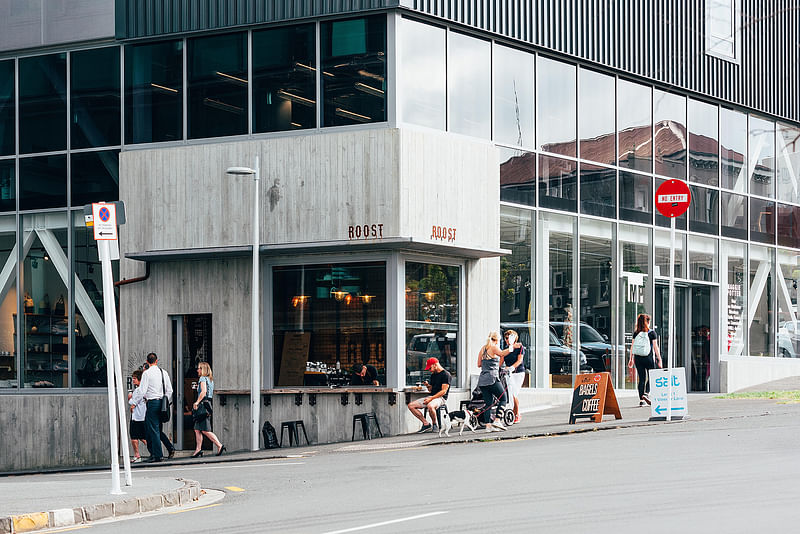
Vinegar Lane
Isthmus Group
Jury citation: “The planning and design of Vinegar Lane shows there is a viable alternative, in a city confronting more intense habitation, to low-density suburbia and monolithic multi-unit development. The mini-precinct of small free-hold lots, fully occupied by four-story buildings, organized around a central laneway achieves a nice balance between design coherence and individual expression, and the provision for mixed-use activity at ground level is totally in keeping with the character of a vibrant neighborhood. This award recognizes the preparation of an urban design 'form book' which was consented prior to individual designs being undertaken. This is a leading, intelligent and innovative solution to a pressing contemporary challenge; the project is being progressively realized, and is resulting in a highly credible contribution to Auckland's urban development.”
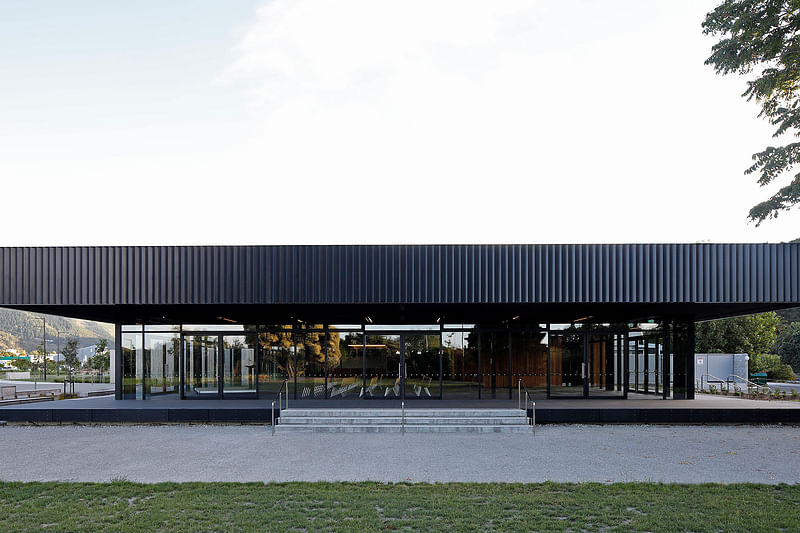
Trafalgar Centre
Irving Smith Jack Architects
Jury citation: “A simple, elegant and robust pavilion has transformed Nelsonǯs indoor events centre, adding amenity and providing a graceful and effective transition to and connection with Trafalgar Park. The new structure cleverly avoids the trap of treating addition as accretion: the pavilion holds its own as a piece of architecture, while enhancing theexisting buildings. The project, which involved the seismic strengthening of the stadium, is an admirable exemplar of sustainability. To a modest budget, a 1970s facility has been given new life and added purpose, and in a very public place the architects have demonstrated the difference good architecture can make in a community.”
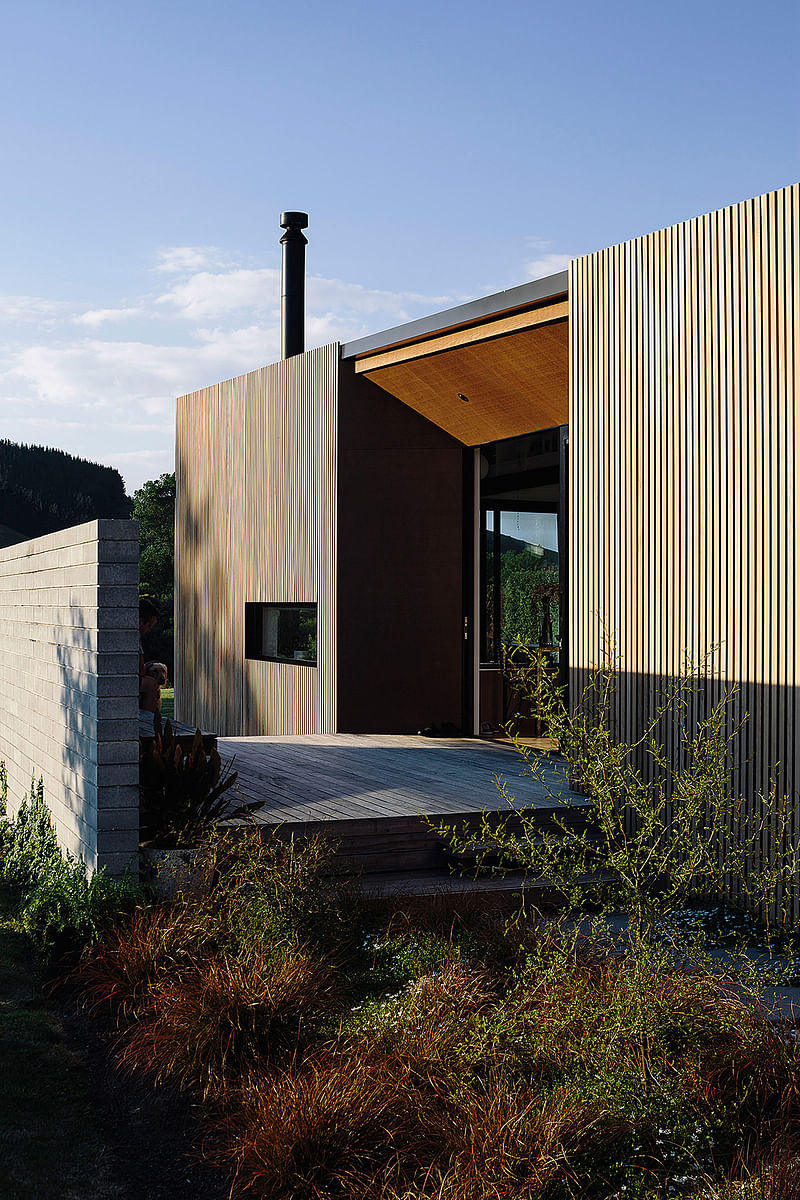
River Retreat
Edwards White Architects
Jury citation: “This small but sufficient house for the architect's own family is a labour of love and the product of considerable skill. It's a case of the house as homestead: a timeless type in contemporary guise. The design is an economic but also romantic response to site conditions – the busy highway to the east and the Waikato River right on the property boundary to the west – and the occupational demands for light and views, and privacy and a sense of shelter. Strength of form and delicacy of detail combine in a modestly-scaled and delightful work of architecture.”

The Waterview Connection
Warren and Mahoney Architects and the Well-Connected Alliance
Jury citation: “The Waterview Connection signals a qualitative advance in the design and execution of New Zealand infrastructure projects. Through a process of community consultation and engagement the architects have added layers of civic amenity, appropriate monumentality and aesthetic appeal to a large transit scheme that had occasioned local unease. Architectural contributions, such as Te Whitinga – the Hendon footbridge – and the road tunnel portals, transcend mitigation to provide meaningful benefit to those who live in this part of Auckland, and some pleasure to those who rapidly pass through it. The work is well integrated with the impressive landscape scheme designed by Boffa Miskell.”

Victoria on the River
Edwards White Architects in association with AECOM New Zealand
Jury citation: “Another paradigm shift in Hamilton. At last, a well-planned and well executed connection has been established between the CBD and the river that runs through the city and was the reason for its foundation. The park's siting and shaping, its generous scale and high-level of amenity have immediately rendered it a valuable civic asset. The design entices people to enter and encourages them to linger. Part viewing platform, part piazza, Victoria on the River is a further example of highly successful public urban space in regional New Zealand.”
(cover image) Rawene House
Stevens Lawson Architects
Jury citation: “Volumetric control, a lovely spatial flow, adept handling of natural light and well-chosen and crafted materials combine to produce a calmly ordered and serene home. Courtyard spaces on either side of a central spine punctuate progress through the house, and, without overt delineation, organize the building into discrete zones. The route from front door leads, compellingly, to the sea: anticipation generated by the journey is rewarded by arrival in light-filled living areas, which look over the terrace to the inner reaches of the Waitematā Harbour.”
All photos courtesy of 2018 New Zealand Architecture Awards.

RELATED NEWS Top New Zealand architects receive country's highest honor at NZ Architecture Awards


Share
1 Comment
Donna Sink · Nov 16, 18 3:31 PM
This is all excellent work. I'm going to dig a little deeper into some of these, especially the houses!
Comment as :